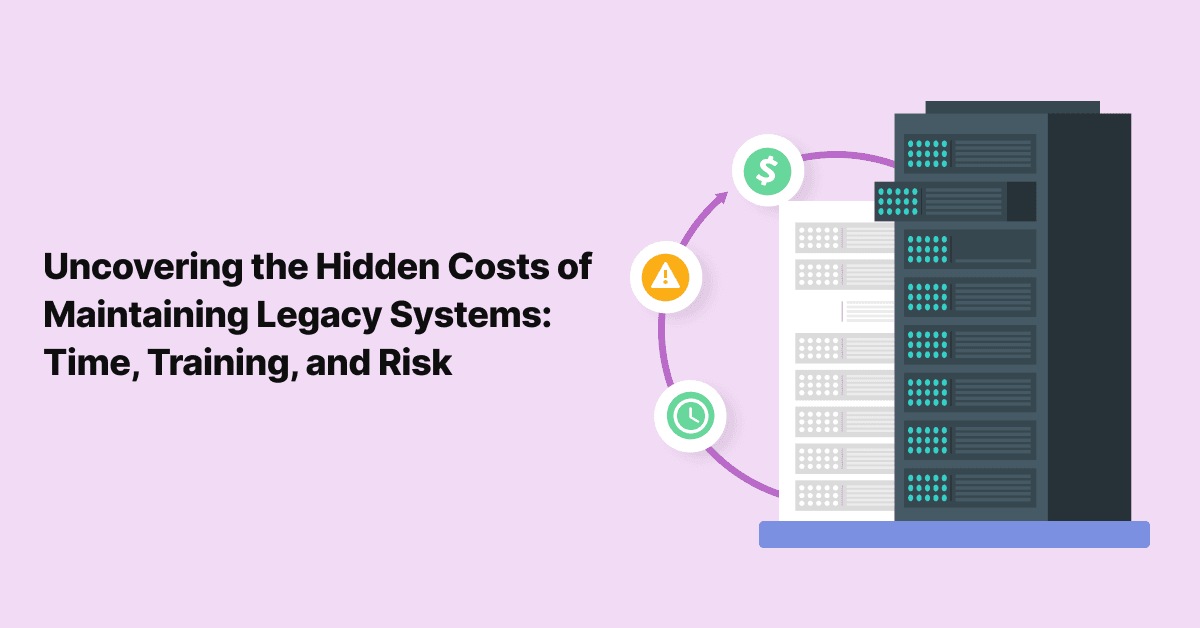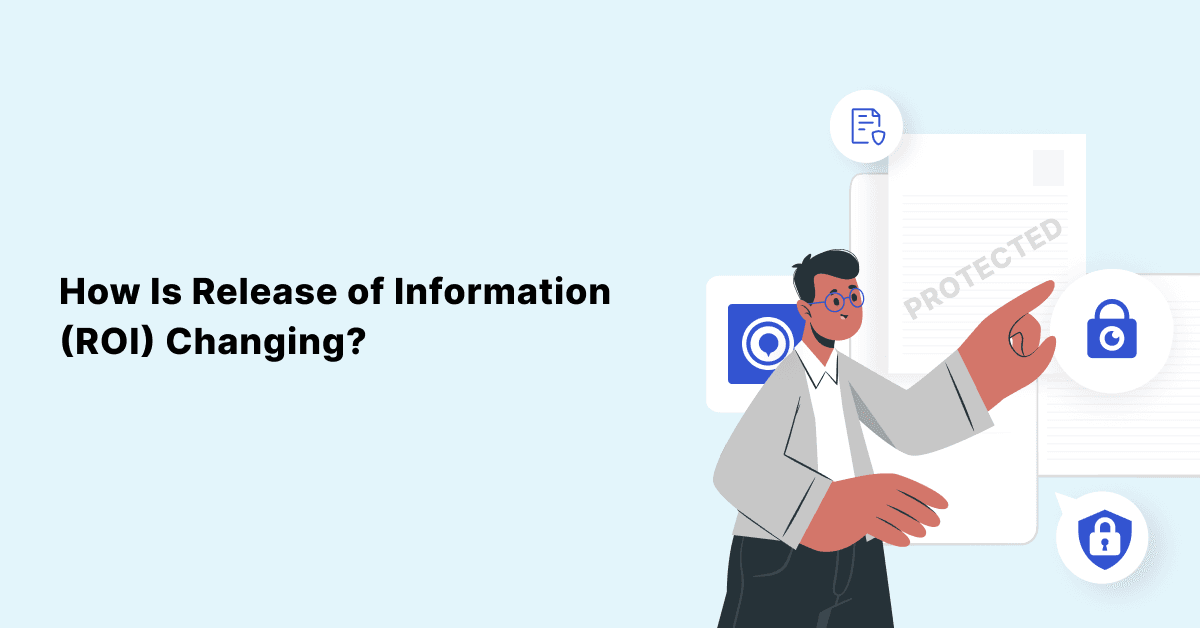
Unlocking Cost Savings with Healthcare Data Archival
Healthcare data archival offers healthcare leaders significant potential for reducing costs. Integrating a …

Ever wondered what has caused the rapid increase in Healthcare Mergers and Acquisitions (M&As)?
The shift of focus to value-based care could be one contributing factor, owing to the belief that integrating data and resources could add more value to the provision of care. The rapid increase is accompanied by concerns about sunsetting legacy applications and archival of legacy data. When the sunsetting of software applications and archival of legacy data is considered, the management of multiple vendors involved in such projects, is one evident challenge amidst all the challenges that shoot up.
HealthsystemCIO and 314e recently hosted a panel discussion with top CIOs - Chuck Podesta, CIO at Renown Health, Saad Chaudhry, CIO at Luminis Health, and Abhishek Begerhotta, CEO at 314e, along with Anthony Guerra, Founder, and Editor-in-chief at healthsystemCIO; these experts discussed some of the best ways to minimize risk and maximize ROI in data archival and sunsetting projects. One key aspect they stressed is the means to deal with vendor problems that arise out of such projects, and this article attempts to summarize all the guidelines provided.
If your organization is going through application sunsetting, here’s what you must do to ensure appropriate vendor management:
Application sunsetting and data archival driven by M&As, bring about a lot of data into question. There is no assurance that dealing with data and vendor management is going to be made simple, even if only one EHR vendor comes into play. In the case of healthcare M&As, especially when you are on the acquiring side, it is key to remember that there are not just different EHRs or EHR instances coming into the picture but also a lot of legacy data that accompanies them. In fact, in a recent panel discussion organized by healthsystemCIO and 314e, Saad Chaudhury, CIO at Luminis Health, pointed out that even if all the hospitals in a health system that are a part of the M&A have the same EHR vendor, it does not guarantee the same EHR instance and this means for each EHR instance, the version, and data structure are going to be different, and this is not going to make data archival and application decommissioning easy. The major problems that could come in the way of hospitals while dealing with different EHRs or different instances caused by version differences, according to Chuck Podesta, CIO at Renown Health, are:
The key to navigating this is the willingness on the part of the CIO to be open to adopting custom-made solutions by innovative archiving vendors that can help in archiving; so that the EHRs and legacy data involved can be operational in a healthcare setting. Something that is also important to note here is that it is not necessary that every M&A would involve just sunsetting an old system and replacing it with a new one. There is going to be a great deal of extraction, transformation (with customization brought in through a degree of data manipulation to meet the needs), and loading into the archival system. Doing all of this stresses the importance of data integration.
In sunsetting projects, securing the cooperation of an outgoing vendor could be one of the most challenging tasks ever. This is very true, especially when the vendor isn’t available on the premises and the valuable patient data is hosted on the cloud. While waiting on extracts from other vendor partners could be an option here; however, that by itself is going to be time-consuming and cause a lot of delays. Most vendors try to hold hostage and often have unreasonable requests of their customers to provide them with their own data.
The difficulties further escalate when there is no standardization of the EHR database despite the presence of the Meaningful Use requirement.
Abhishek Begerhotta, CEO at 314e, believes that the best way to navigate this and reduce risks would be to pick the most suitable vendor after evaluating them on multiple levels and then sign a SAS contract after careful consideration. He also added that it would be better to have the price points, the terms and provisions for data availability and data transitions, and the ability to meet healthcare-specific standards reviewed by the hospital’s legal team.
Some of the questions that could be asked of the EHR vendor are:
It is crucial to pick a vendor partner that would make archival and sunsetting easy to deal with, considering the inborn challenges that come with every M&A. One of the determining factors of an excellent vendor would be foresight or the ability to look at the big picture. This is something that is very crucial in every M&A data integration, especially in healthcare, where data has the power to determine life and death.
Other key aspects that would help with differentiating an excellent vendor from the rest would be:
As far as the CIO’s involvement is concerned, it is important not to get to the depths of such matters and let the Subject Matter Experts who best understand the ground reality, handle it. However, the key role of a CIO when it comes to such projects is to join hands with archival partners and equally be invested in partnerships. It is crucial for the CIO to evaluate how a specific archival solution can meet the data strategy of the organization based on the need to meet the set healthcare standards and also ensure easy access to health data upon request. Having all of these in mind could help a CIO drive a smooth data archival and application sunsetting process in a hospital.
If you are on the lookout for an archival vendor, and finding it difficult to pick one, here’s an Evaluating Secure Healthcare Data Archiving Vendors Checklist to help you.
Join over 3,200 subscribers and keep up-to-date with the latest innovations & best practices in Healthcare IT.

Healthcare data archival offers healthcare leaders significant potential for reducing costs. Integrating a …

Operating legacy systems can be a costly endeavor. Maintaining and upkeeping legacy systems require a vast …

Are you curious about the changes happening in healthcare’s Release of Information (ROI) process?
Gone are the …